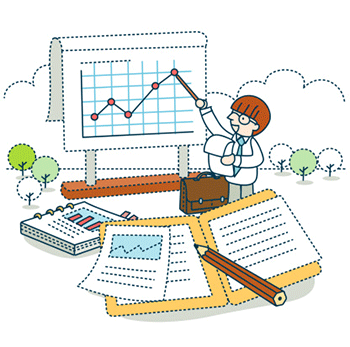 Parks today aren’t what they were ten years ago. Where people used to utilize parks as a place to throw a frisbee with friends, have a picnic or just enjoy some quiet time with a book, today city residents are looking for a more social experience from parks, with formal programming like yoga, movie nights and lawn games.
Parks today aren’t what they were ten years ago. Where people used to utilize parks as a place to throw a frisbee with friends, have a picnic or just enjoy some quiet time with a book, today city residents are looking for a more social experience from parks, with formal programming like yoga, movie nights and lawn games.
There is certainly a greater appreciation for what parks can do for cities, not only as an economic driver, but also to improve quality of life, connect people to the city and each other and provide respite from city life. In fact, a report released by Sasaki Associates last fall found that 40 percent of city dwellers across the country said they would like to see their cities invest in more large parks to support both passive and adventurous activities.
Given these increasing demands, how can we create and manage parks in a way that meets the public’s expectations?
One idea is to leverage best practices to run park systems more soundly. Ultimately, contemporary leadership techniques allow us to deliver better park services to the people we serve.
Here are three things to consider.
1. Commit to performance management: A perfect example of this can be seen with the City of Raleigh’s Parks, Recreation and Cultural Resources Department. The department notes their mission right on their website, so both employees and constituents can see what the organization is all about. Creating a culture of accountability is so important in the public sector. As such, city parks departments should consider developing performance management systems — systems built on employee engagement in organizational direction and accountability. When employees are aware of a department’s objectives and strategic direction, how they can contribute to the overall goals and how they and the department are being measured, they feel more engaged in the mission of the department and dedicated to creating the best park experience for their city.
2. Create a culture of innovation: By creating this “culture of excellence” and accountability, you are also opening the doors to a culture of innovation. “Innovation” in practice is difficult, but so necessary to improving the quality and functionality of your product or, in this case, your park. It’s critical that park administration leadership create an organizational culture where employees are encouraged to share their ideas, without fear of being punished for taking risks or making mistakes. It is easy to maintain the status quo in the public sector, yet a common ingredient of great organizations is their ability to foster creative thinking and risk taking that improves upon precedent.
3. Develop a measurement system: Measurement in the public sector is very difficult. Because our product is ultimately a service, it is hard to quantify. However, there is an old adage in the business world that says “what gets measured gets done.” Measuring information like your entrance fees, maintenance costs per acreage and concession revenues allows you to predict future costs and financial performance. And knowing this information enables you to be viewed as a credible manager who has full control of your operations and whose budget requests and plans are worthy of consideration. In addition, sharing this information on your website for community members to see further shows accountability and transparency, two qualities constituents find very important in public agencies today.
to quantify. However, there is an old adage in the business world that says “what gets measured gets done.” Measuring information like your entrance fees, maintenance costs per acreage and concession revenues allows you to predict future costs and financial performance. And knowing this information enables you to be viewed as a credible manager who has full control of your operations and whose budget requests and plans are worthy of consideration. In addition, sharing this information on your website for community members to see further shows accountability and transparency, two qualities constituents find very important in public agencies today.
 I will be addressing each of these topics in sessions at the NRPA Annual Conference and I hope to see you there.
I will be addressing each of these topics in sessions at the NRPA Annual Conference and I hope to see you there.
The 2015 NRPA Annual Conference took place September 15–17 at the Mandalay Bay Hotel and Convention Center in Las Vegas, NV.
Barbara Heller, is the Director of Parks Planning at Sasaki Associates. She is a highly regarded speaker and her sessions at the NRPA Annual Conference are always popular among attendees.

